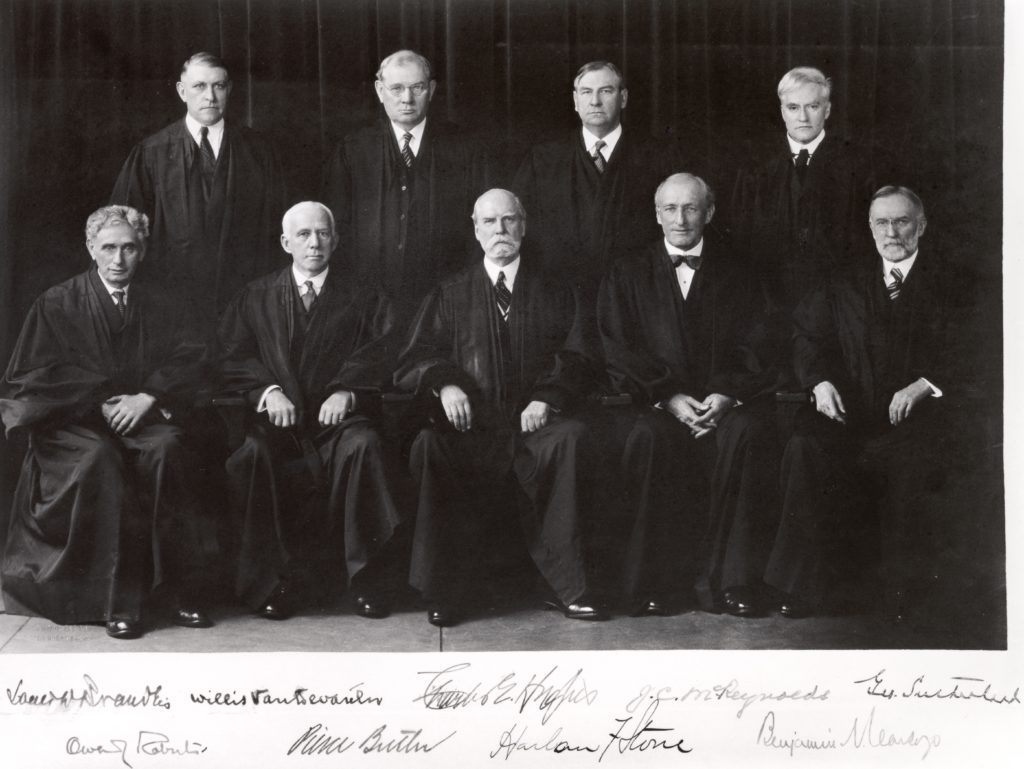



Three years after O’Gorman was decided, the Court considered another economic liberty case: Nebbia v. New York (1934). The state fixed the price of milk at nine cents per quart. This law, which was designed to help dairy farmers, raised milk prices for everyone — including the poor.
The biggest beneficiaries of the law, however, were large firms that delivered milk directly to homes. Their prices could be undercut by small mom-and-pop stores that did not incur delivery costs. In this way, the minimum price for milk protected the profits of larger milk distributors.
Grocer Leo Nebbia offered his customers a special deal to get around the New York law. If a customer bought two quarts of milk at the regulated price of nine cents each — for a total of eighteen cents — Nebbia would throw in a free loaf of Italian bread, which was worth five cents. With this deal, customers received twenty-three cents of groceries, for only eighteen cents. New York charged Nebbia with violating the price-control law. He was convicted of offering his customers a discount and was sentenced to pay a criminal fine.